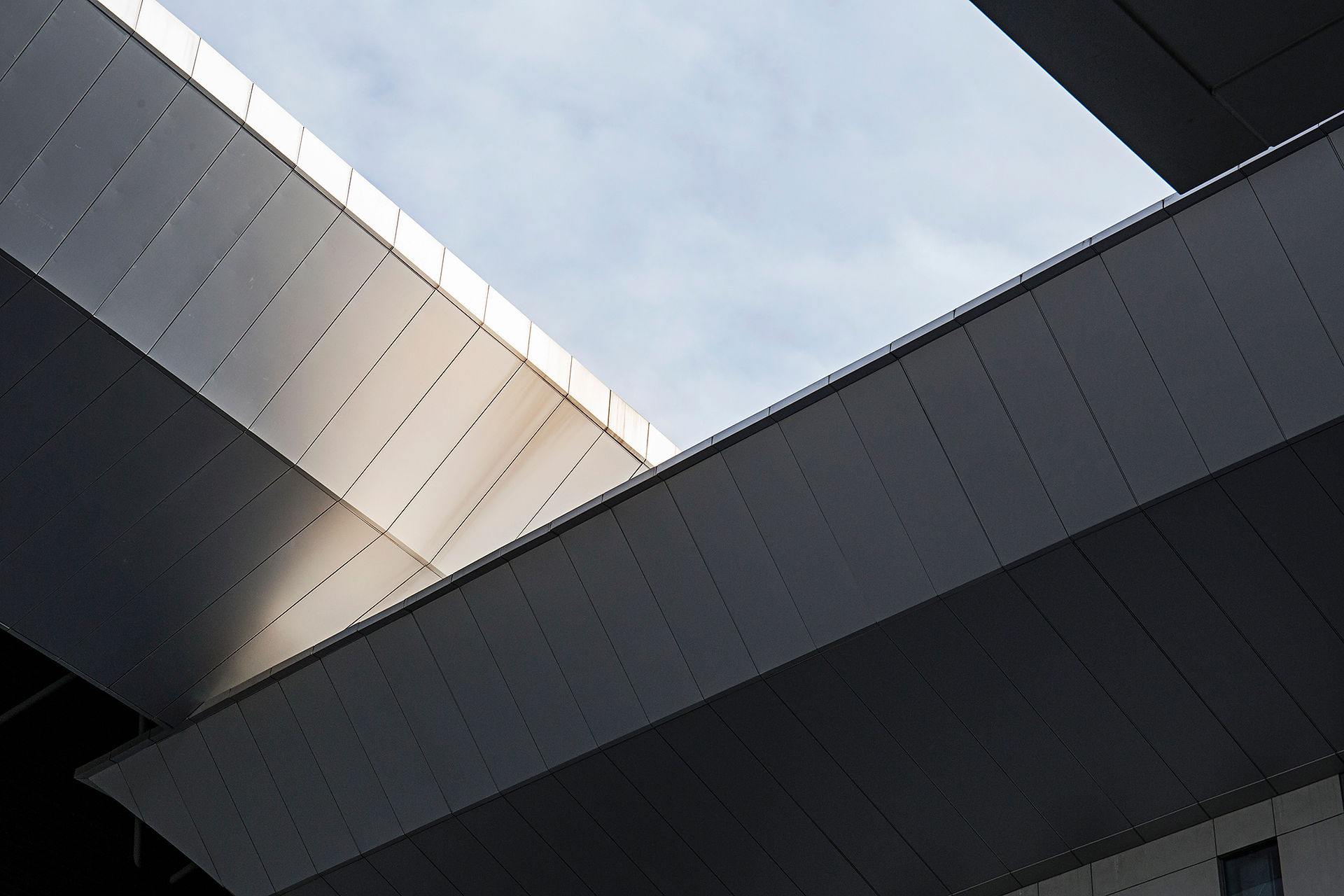The Architecture of Emotion: Designing Spaces That Speak to the Soul
- pankajpandiya91
- Aug 11
- 2 min read
Updated: Aug 12

Architecture is more than the sum of bricks, glass, and steel. It is the silent storyteller of our lives-shaping our moods, influencing our behaviour, and leaving an imprint on our memories. Long after a building’s style or purpose may change, its emotional resonance can remain. Designing with this in mind transforms architecture from a technical pursuit into an art form capable of touching the soul.
Beyond Functionality
While functionality is the foundation of any design, emotional architecture dares to ask a deeper question: How should this space make people feel? Whether it’s the serenity of a sunlit reading nook, the sense of grandeur in a double-height lobby, or the intimacy of a courtyard framed by nature-emotional architecture goes beyond utility. It aims to create atmospheres that linger with the user long after they’ve left the building.
The Language of Space
Just as a writer uses words to convey tone and mood, architects use proportion, scale, and sequence. A narrow corridor that suddenly opens into a vast atrium tells a story of discovery. A series of low ceilings can create an intimate, protective feel, while soaring heights can inspire awe and liberation. These spatial gestures communicate subconsciously, making architecture a language we all understand, even if we’ve never studied it.
Light as Emotion’s Medium
Light is perhaps the most powerful emotional tool at an architect’s disposal. It can be soft and contemplative, like the filtered glow through a perforated screen at dusk, or dramatic and energising, like sunlight cascading through a glass façade. Daylight changes throughout the day and across seasons, giving the space a living, breathing character. Thoughtfully directing and diffusing light allows us to choreograph the emotions of a space with precision.
Materiality and Memory
Textures and materials carry emotional weight. The cool smoothness of marble, the warmth of aged timber, the solidity of stone, each material connects to our senses and memories in unique ways. Choosing them is not merely an aesthetic decision but an emotional one. The right material palette invites touch, evokes nostalgia, and builds a sense of belonging.
Cultural Resonance
Spaces that respect cultural roots have a way of connecting more deeply with people. Elements inspired by traditional craft, local architecture, or familiar patterns can instill pride, comfort, and identity. In this way, architecture becomes not just a shelter, but a vessel of collective memory.
The Lasting Impact
We often forget the details of a place, but we rarely forget how it made us feel. Emotional architecture understands that it’s not the grand gestures alone, but the quiet moments—how morning light spills across the floor, the gentle transition from public to private, or the warmth of a shaded veranda, that give a building its soul.
In the end, great architecture is not measured only in square metres or engineering feats, but in the human connections it nurtures. When spaces speak to the soul, they transcend time and trend, becoming part of our personal and cultural narratives.



Comments